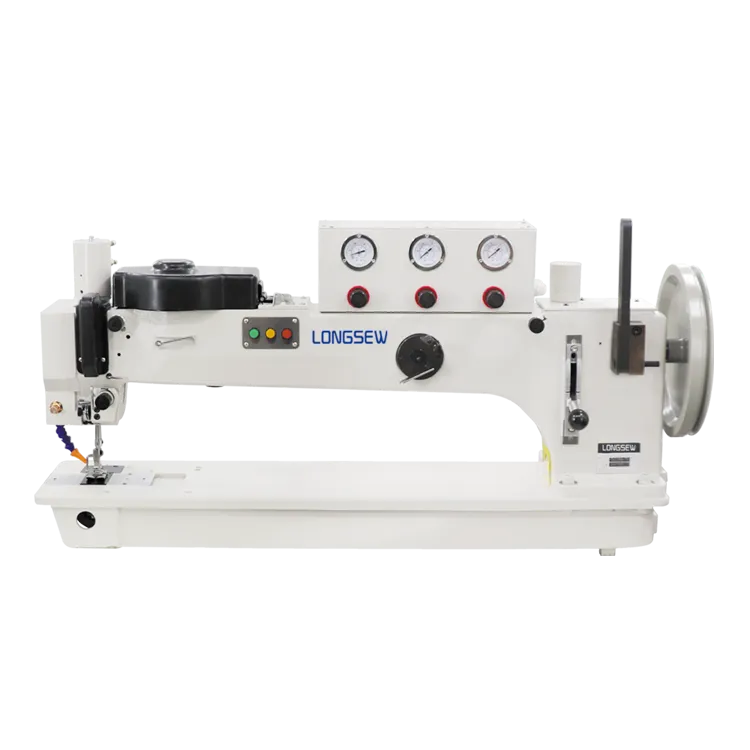Durable Thread Options for Leather Sewing Projects and Crafting Needs
Heavy Duty Thread for Sewing Leather A Comprehensive Guide
When it comes to sewing leather, choosing the right materials is crucial to achieving a durable and aesthetically pleasing result. Among the most essential components for sewing leather is the thread. Heavy-duty thread specifically designed for leatherwork not only ensures strength and longevity but also enhances the overall quality of the finished product. In this article, we will explore the characteristics of heavy-duty thread suitable for leather, its types, and tips for using it effectively.
Characteristics of Heavy Duty Thread
Heavy-duty thread is typically thicker than ordinary sewing thread and is made from materials that offer increased durability and resistance. Nylon and polyester are commonly used materials for heavy-duty threads due to their excellent tensile strength, resistance to abrasion, and ability to withstand various environmental conditions. This is especially important when working with leather, which is a tough material that can put considerable strain on seams.
One of the defining features of heavy-duty thread is its denier rating, which indicates the thickness of the thread. The higher the denier, the thicker and stronger the thread will be. For sewing leather, a denier rating between 69 and 138 is often recommended, depending on the weight of the leather being used. Thicker leather might require even heavier thread, while thinner leather can be adequately sewn with a medium-weight thread.
Types of Heavy Duty Thread
When selecting heavy-duty thread for leather, there are several types to consider
1. Nylon Thread Known for its exceptional strength and elasticity, nylon thread is a popular choice for leatherwork. It is resistant to mildew and UV light, making it suitable for outdoor leather applications such as bags and gear.
2. Polyester Thread Polyester thread offers similar strength characteristics to nylon but has the added benefit of being more colorfast. This means that it is less likely to fade when exposed to sunlight, making it ideal for leather items that will be displayed outdoors.
heavy duty thread for sewing leather

3. Cotton Thread While not as strong as nylon or polyester, heavy-duty cotton thread can be an excellent choice for certain leather projects, especially where a traditional look is desired. Its natural fibers provide a unique aesthetic, though it may not hold up as well under stress.
4. Bonded Thread This type of thread is treated with a bonding agent that helps to reduce fraying and improve its overall durability. Bonded nylon or polyester is ideal for heavy leather applications, ensuring that stitches remain intact over time.
Tips for Sewing Leather with Heavy Duty Thread
Sewing leather requires careful attention to detail to avoid damaging the material. Here are some tips for using heavy-duty thread effectively
1. Use the Right Needle Choose a heavy-duty needle specifically designed for leather. A needle with a wedge-shaped point will pierce through the leather fibers without causing excessive damage.
2. Adjust Tension Settings When using heavy-duty thread, you may need to adjust the tension settings on your sewing machine. Lower tension might be necessary to prevent the thread from breaking during sewing.
3. Test Stitches Before starting on your actual project, perform a few test stitches on scrap leather. This allows you to fine-tune your settings and ensure that the thread and needle work well together.
4. Choose the Right Stitch Type Consider using a saddle stitch or other strong stitch patterns that are known for their durability. These techniques distribute stress more evenly across the seam.
In conclusion, heavy-duty thread is an indispensable element for anyone looking to sew leather effectively. By understanding the characteristics of different thread types and implementing best practices during the sewing process, you can create high-quality leather goods that will stand the test of time. Whether you are crafting bags, belts, or other leather items, choosing the right heavy-duty thread is key to achieving professional results.
-
Industrial Cylinder Arm Sewing Machine: Revolutionizing Heavy-Duty SewingNewsJul.28,2025
-
Cylinder Arm Sewing Machine: Perfect for Special Sewing ApplicationsNewsJul.28,2025
-
Cylinder Bed Sewing Machine: Essential for Sewing Complex MaterialsNewsJul.28,2025
-
Heavy Duty Sewing Machine: The Essential Tool for Industrial ApplicationsNewsJul.28,2025
-
Computerized Pattern Sewing Machine: Revolutionizing Precision StitchingNewsJul.28,2025
-
Heavy Duty Industrial Sewing Machine: Power Meets PrecisionNewsJul.28,2025
-
Leather Sewing Machine: The Industrial Standard for Tough MaterialsNewsJul.18,2025





























